Climate change is wreaking havoc on communities worldwide, but there are organizations rising to the challenge. STS Global, a leading techno-environmental catalyst, is at the forefront of this fight. They recently inaugurated their new office in New Delhi, India, a strategic move solidifying their position as the international headquarters for empowering communities to become more resilient. Led by its Co-Founder Dr. Anshu Sharma, STS Global champions co-designing scalable solutions that blend cutting-edge environment-tech with community-driven interventions.
In this exclusive interview with TheCSRUniverse, Dr. Sharma shares the organization's innovative projects and their vision for a sustainable future. He sheds light on how STS Global tailors interventions to diverse regions and leverages cutting-edge technology like AI to revolutionize humanitarian efforts. Dr. Sharma also discusses their unique co-BOD model and partnerships with influential organizations like the World Bank.
Dive into the full interview to uncover insights and inspirations that drive positive change in communities worldwide.
Q&A
Q. Now that STS Global has a presence in North, East, and West India, how will you adapt your community-driven interventions to address the specific needs and challenges of these diverse regions? Can you elaborate on any planned initiatives for this purpose?
A. India is a diverse country, where the climate varies significantly across geographical boundaries. Delhi is a learning ground for heat and cold waves, Sikkim helps decode glacial lake outburst floods (GLOFs), Himachal Pradesh and Uttarakhand provide a microscopic view on landslides, Chennai and Odisha demystify cyclones, and Assam and Kerala teach resilience during floods.
At STS Global, we are a team of geologists, architects, planners, humanitarian innovators, and climate technologists. For more than a decade, we have been serving communities by learning and investing in nature, deep-learning built-environment, voice of communities and livelihood, to build climate resilience.
We are hyper-local innovators, providing an end-to-end climate resilience system by harnessing nature and technology for single and multiple climate hazards to reduce climate risk and disaster loss.
• Our communities comprise village panchayats, city municipalities, state disaster and climate resilience departments, central governments, private corporation EHS (healthy and safety), manufacturing plant operators, among a few.
• We provide frameworks, assessment, plans, and technologies to customers keeping the type of climate hazard and geo-climatic terrain at the core. We believe that climate resilience for heat is distinct from that for earthquakes or floods or cyclones. Each climate hazard has a unique DNA and requires attention to the unique hazard characteristics.
• Our innovations are replicable across independent structures such as shelter, school, sanitation, critical infrastructure such as railways and roadways, community assets such as lakes, water bodies, recreation parks, and industrial structures such as plants, offices, and warehouses.
Some of our recently completed projects are as follows -
1. Improving Humanitarian Response and increasing Resilience of the Asian region through the transformative power of innovation. STS Global incubated and accelerated several humanitarian innovations from across the country. This includes innovations such as the use of creative media and digital storytelling to address social issues in Dehradun and the construction of artificial glaciers as a solution for water scarcity in Ladakh.
2. Developing and Piloting Climate Information Systems (CIS) at village level in Sikkim and Uttarakhand. This project targets collection of local, real-time weather data, improving local understanding of risks as interpreted from the available climate information, and clarity on actions to be taken thereafter. STS Global carried out Hazard Risk & Vulnerability Assessments, presented the findings to the communities and prepared a training module for youths and mid-level government officials on CIS.
3. Preparation of City Disaster Management Plans (CDMPs) for Gaya and Bihar Sharif STS Global prepared two CDMPs for the cities of Gaya and Bihar Sharif. Given their proximity to Bodh Gaya and Nalanda and the resulting influx of tourists, having a CDMP in place is imperative. This is also the first time in India that a CDMP makes use of an AI-based risk assessment platform (ResSolv™ , developed by STS Global).
Q. Could you elaborate on the specific humanitarian interventions that STS Global focuses on, especially those driven by environment-tech?
A. Climate-induced extreme weather events have tripled in the last two decades. Multiple floods, heat waves and cyclones have resulted in widespread damage and loss of life. India has invested tremendously in disaster management, continuously improving policies, frameworks, and plans. However, in a country with a population of over a billion, tackling these incidents which are in diverse geographical areas, will require more than just government intervention and traditional disaster management systems. Our belief is that it will require scalable vehicles of climate resilience with technology as the backbone.
ResSolv™ is a human assisted Artificial Intelligence (AI), where architecture, hyper-local vulnerability data and AI collaborate to determine climate risk at a rooftop and disseminate adaptation recommendations to administrators and individuals. The platform is not only highly scalable to topographies and climate hazards but can be scaled with faster turnaround time and comparatively low cost compared to conventional ways of deriving and delivering warnings or long-term climate risk information. It is in an operational state and improves with time as the machine learns from the data trends and patterns.
Consider the instance of the increasing number of heatwaves in India. Proactive information can help potentially affected populations take precautionary steps to lower their vulnerability to loss of livelihood, and health during a heatwave. In the case of a flood, previously assigned flood risk (using ResSolv™) can allow governments to identify and issue advisories at a building level, as opposed to evacuating an entire town.
In addition to the above, we are also working on a project in Sikkim and Uttarakhand where we are advocating for the use of tech-driven systems for collecting and analysing real-time data at a local level. Using a network of automatic weather stations (AWS), data can be analysed and used to improve local understanding of risks, resulting in clarity on actions to be taken in response to a particular weather condition.
Q. Could you share insights into how STS Global selects and prioritizes projects to ensure their relevance and effectiveness in the context of climate-induced risks and disasters?
A. We are hyper-local innovators, providing an end-to-end climate resilience system by harnessing nature and technology for single and multiple climate hazards to reduce climate risk and disaster loss. We are focused on the need for an end-to-end climate resilience system.
• Our communities comprise village panchayats, city municipalities, state disaster and climate resilience departments, central governments, private corporation EHS (healthy and safety), manufacturing plant operators, among few.
• We provide frameworks, assessment, plans, and technologies to customers keeping the type of climate hazard and geo-climatic terrain at the core. We believe that the climate resilience for heat is distinct from that of earthquakes, floods or cyclones. Each climate hazard has a unique DNA and requires attention to the unique hazard characteristics.
• Our innovations are replicable across independent structures such as shelter, school, sanitation, critical infrastructure such as tunnels and roadways, community structures such as lakes, water bodies, recreation parks, and industrial structures such as plants, offices, warehouses.
Q. Can you share a specific example where this technology, coupled with community engagement, made a significant impact in disaster management or climate resilience?
A. Two examples of this technology having been used -
1. Project in Delhi on heatwaves
Delhi is facing an increasing number of heatwave days. In 2022, the number of heat-wave days was 17, up from 3 in 2021. The ResSolv model was run in 2 areas of Delhi – Vivekanand Camp and Bhalaswa. The density of these areas and the construction methods used for houses results in very high indoor temperatures. Using the ResSolv model, risk scores were assigned to houses for heat, and interventions were informed by this knowledge.
2. City Disaster Management Plan for Gaya
For the first time in India, an AI-based risk assessment tool has been used for a city disaster management plan (CDMP). STS Global ran the ResSolv model for Gaya city. Gaya faces the possibility of severe floods from the Falgu River that flows through it. The ResSolv model was run to assess the risk to buildings in a potential flood scenario. The risk scores thus obtained are incorporated in the CDMP. Given the high numbers of tourists that visit Gaya, the flood risk assessment allows for localised risk advisories that can save lives and ensure that the community can get back on their feet soon after a disaster strikes. Without ResSolv, this level of resolution of risk assessment would have been prohibitive in terms of time and effort involved.
Q. As a techno-environment catalyst, what are the major obstacles you encounter in implementing your vision? On the other hand, what exciting new possibilities do you see emerging in the humanitarian and disaster management sectors?
A. It needs no validation that climate change requires intention. However, climate related risks are constantly metamorphosing, thereby requiring climate solutions to be cohesive, multi-directional and multi dimensional.
Cohesive requires adoption. For example, Environment in ESG is intentional. Did you know that E in ESG has seven cogs, viz., waste reduction, energy efficiency, water conservation, emission reduction, green building design and operation, climate risk mitigation and biodiversity? Every organization is acting on one or more of the six cogs, the seventh cog of climate risk mitigation is amiss. One in five companies in S&P Global have a climate risk adaptation plan in place.
While climate action is a ‘here-and-now' requirement, climate needs to be decoded as a lifecycle to be comprehensive. One size doesn't fit all – Risk preparedness, adaptation and monitoring is based on tools and techniques such as resource planning framework, event monitoring and management process, and early warning systems. Also, each climate hazard has a unique code - risk preparedness, adaptation measures and impact monitoring for heat varies from that of earthquake. It requires deep-learning of the hazard along with community-intelligence.
Q. Considering STS Global's presence in multiple countries, how does the organization tailor interventions to meet the unique needs of each region, ensuring cultural sensitivity and local context incorporation in its projects?
A. As mentioned earlier, we believe in participatory processes and on-ground efforts. What sets us apart from our competitors is our team is learning and investing in nature, deep-learning built-environment, voice of communities and livelihood, to build climate resilience.
We are hyper-local innovators, providing an end-to-end climate resilience system by harnessing nature and technology for single and multiple climate hazards to reduce climate risk and disaster loss.
Q. With a focus on reaching "last mile citizens," how does STS Global assess the success of its interventions? Can you share any inspiring examples of how your work has transformed lives?
A. Technology and environment solutions without the participation and support of communities cannot drive meaningful impact. An example of how our work has touched lives is as follows and is a success story for us.
Satyavati’s Story -
Satyavati belongs to a fishing community in Puri, a city along the eastern coast of India. She runs a makeshift food stall. During cyclone Nivar (2020), her house and her food stall were both destroyed. The destruction of the stall hit the hardest as it was her primary source of income. During cyclone Yaas (2021), however, it was a different story. The ResSolv AI model was run before the cyclone and the risk information was received. Using the risk maps, the vulnerable areas were identified and cyclone advisories in local languages (Odia and Telugu) were prepared accordingly. The advisories were sent to 1000+ families in the Penthakata fishing settlement. Like many in her community, Satyavati also received advisories from ResSolv with action points a day before the cyclone and was able to secure her belongings beforehand. The assets in her stall were shifted to a neighbouring house, which was sturdier than her own house. This way, she was able to get back on her feet immediately after the cyclone.
Q. What are STS Global's ambitious goals for the next 5-10 years? What do you hope to achieve in terms of geographical reach, community impact, and innovative sustainable solutions?
A. Our vision is “Nurturing a future-proof world”
Our mission is to “Re-imagine climate solutions to build a safe, sustainable and resilient world with IMPACT" -
1. Incubate hyper-local innovation
2. Mobilize traditional and local knowledge
3. Pioneer climate-tech
4. Agile operations
5. Create value exchange
6. Trusted advisor




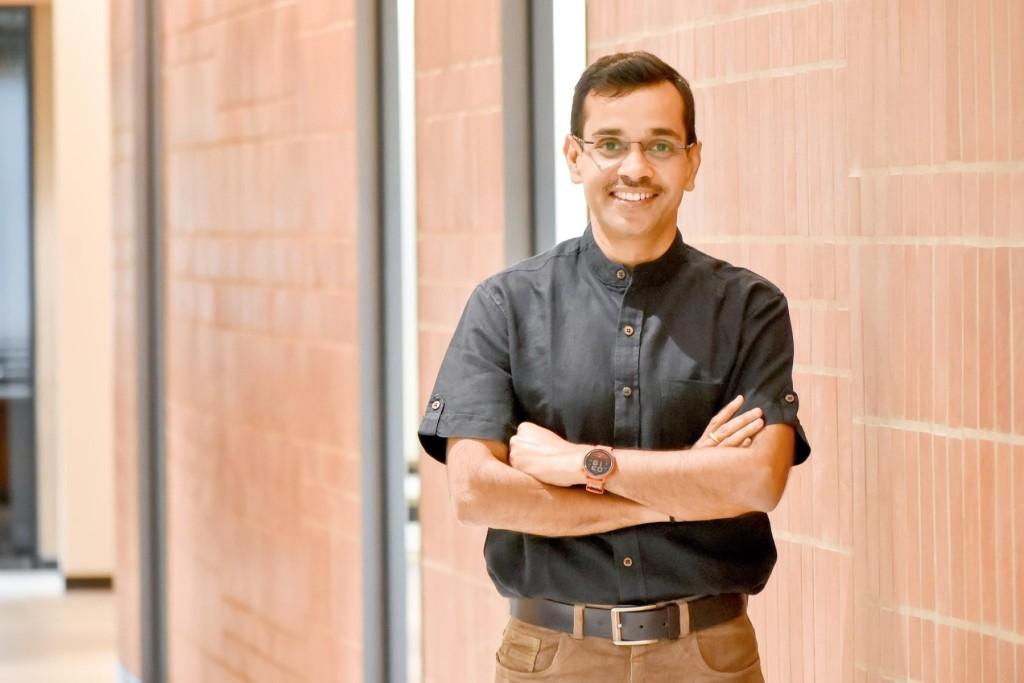

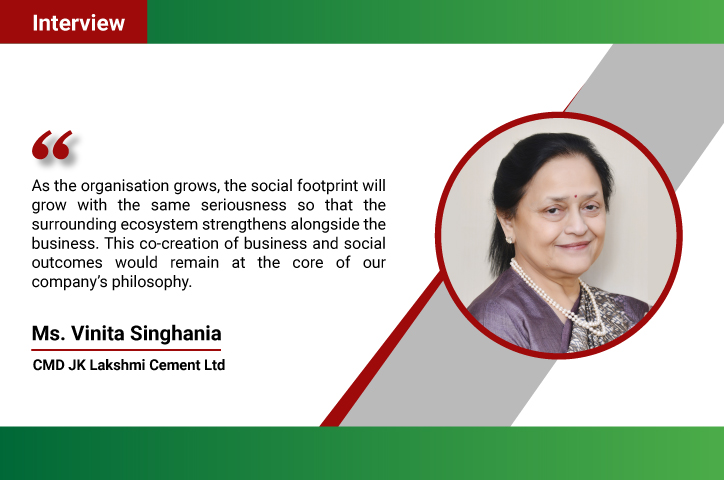
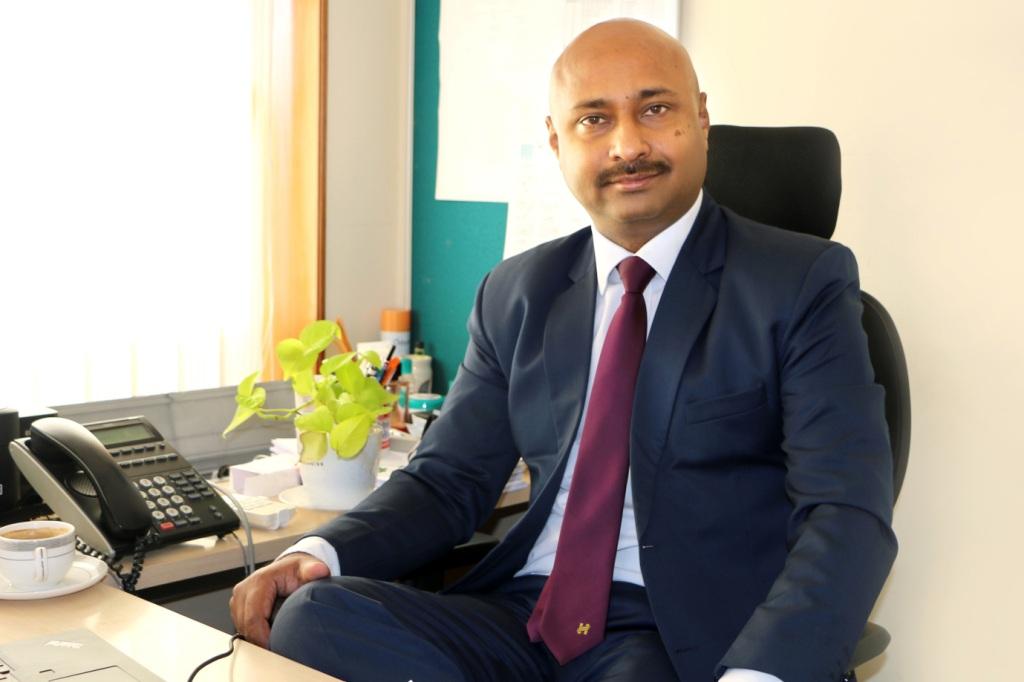
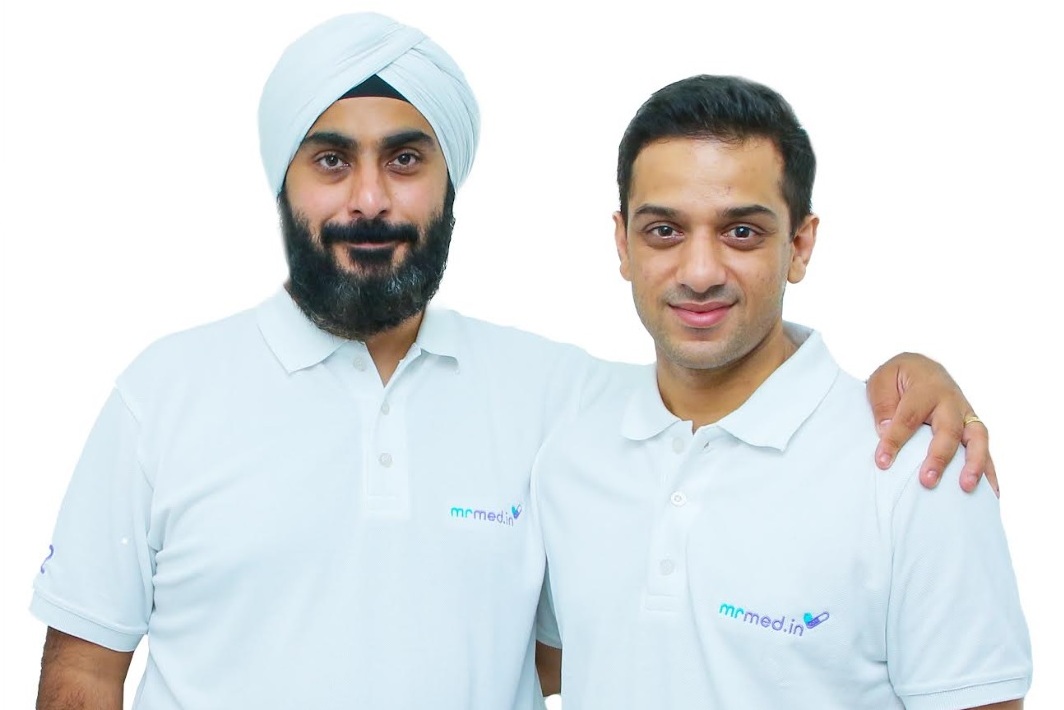
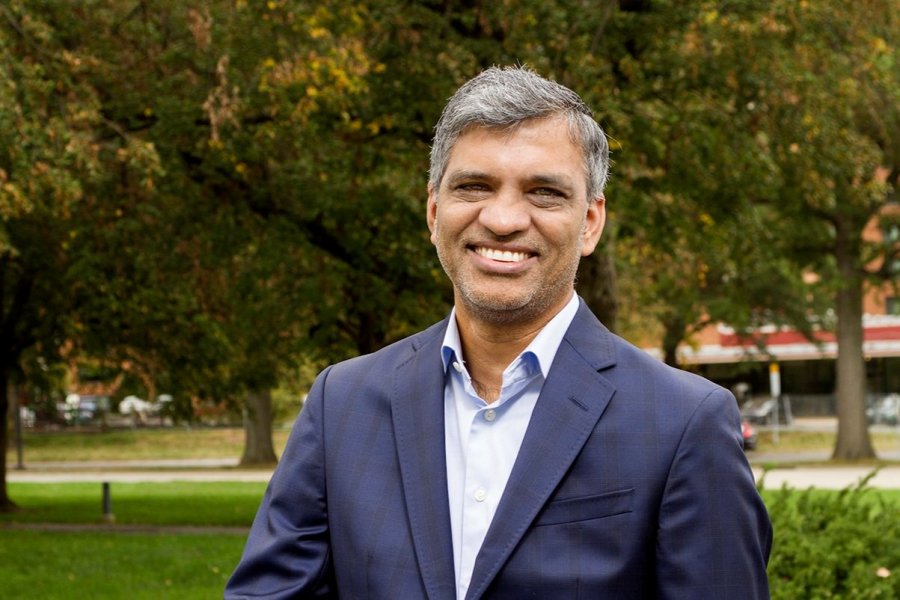



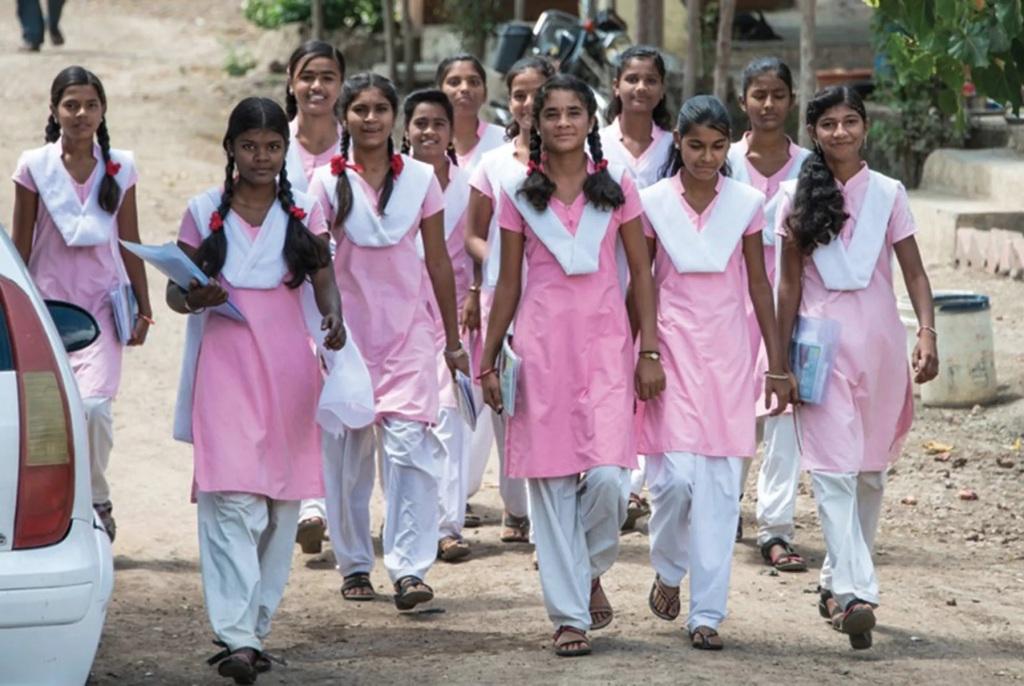

.jpg)




